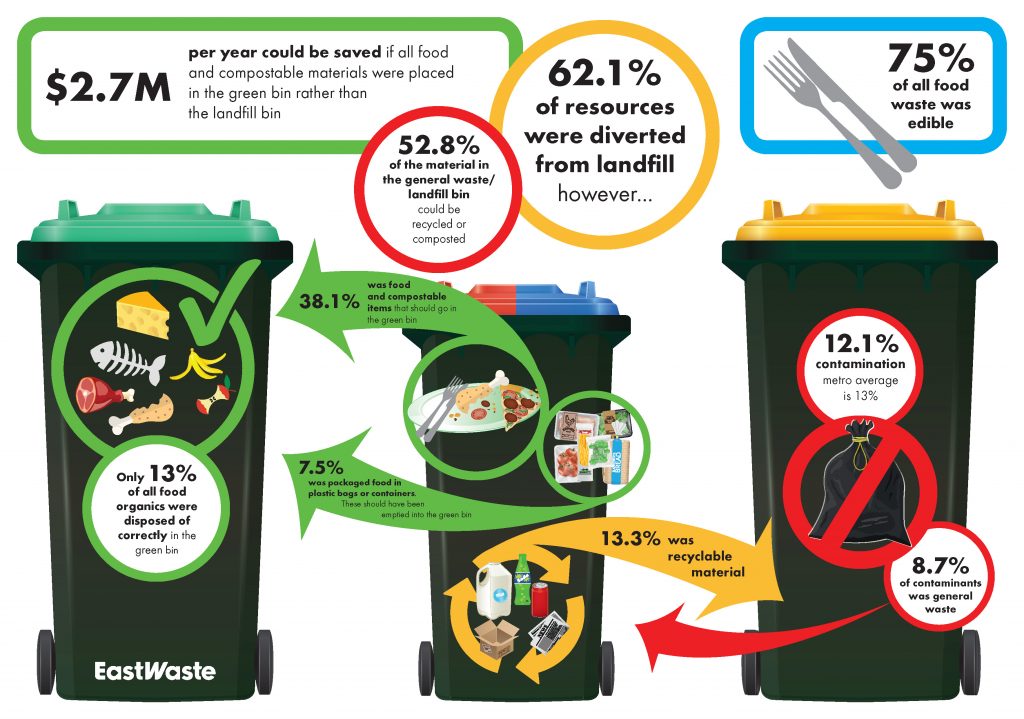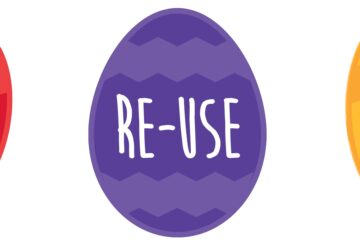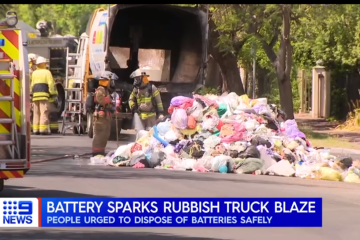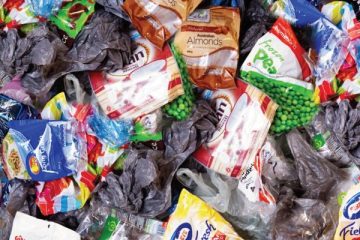In late October and early November of 2019, East Waste, embarked on the largest and most comprehensive kerbside bin audit ever undertaken in SA. The audit included 2,143 bins from 700 households from East Waste’s seven Member Councils. The information from the audit will not only benefit East Waste’s services and education programs, but also kerbside systems across the state.
The good things found in your bins:

- An average of 62.1% of resources were diverted from landfill by placing them in either the recycling or green organics bins.
- Contamination in the yellow comingled recycle bins 12.1%, below the metropolitan contamination rate of 13%.
- Contamination in the green food and garden organics bin an average of 1.5%, below the metropolitan average of 2%
- 95% of garden organic materials found was placed correctly in the green bin.
- 88% of glass items found was placed correctly in the yellow lid recycle bin.
- 85% of paper and cardboard found was placed correctly in the yellow comingled recycle bin.
*Note: All measurements are reported by weight.
Main things to improve in each bin
General waste to landfill bin:
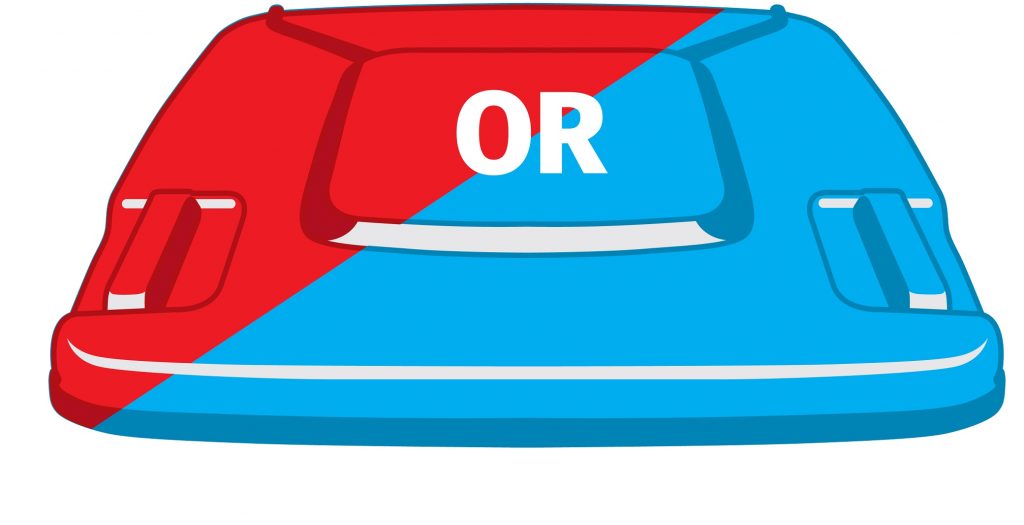
Make sure that compostable or recyclable materials are kept out. 52.8% of the material in the general waste to landfill bins could have been recycled or composted.
- Keep all food out! Place food and other compostable items such as paper towel and tissues in the green (food and garden organics/FOGO) bin for composting. Items can be placed in loose, in a compostable bag or wrapped in newspaper. 28.3% of material found in general waste/landfill bins was food consisting of 20.8 % loose or in compostable bags and 7.5% of food contained in plastic bags or containers.
- Compostable garden materials equated to 5.6% which should have been placed in the green bin.
- Compostable soiled paper and cardboard.(eg. cardboard food containers) equated to 4.2% which should be placed in the green bin.
- Place clean paper, cardboard, empty plastic, metal and glass containers in the yellow comingled recycling bin.13.3% of materials could have been recycled consisting of; 4.4% paper and cardboard, 4.1% hard plastics, 3% metals and 1.8% glass.
- Take soft plastic wrappers and loose plastic bags to the REDCycle bins at Coles and Woolworths for recycling in to outdoor furniture. 4.4% of materials were soft plastics.
- 1.3% was Electrical waste (E-waste) which is banned from landfill. E-waste and batteries can be recycled through various drop-off locations. Check the East Waste website for options: eastwaste.com.au/waste-recycling/electronic-recycling/
Yellow comingled recycle bin:
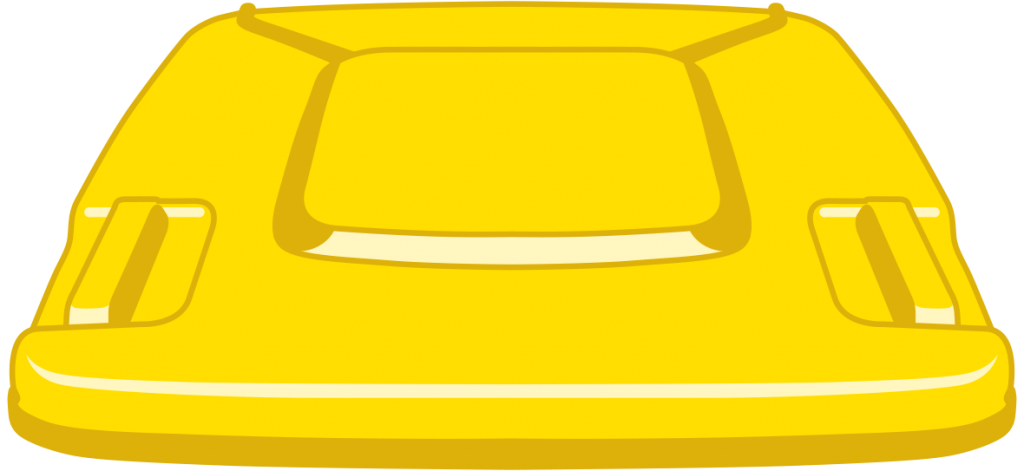
- Keep general waste out! 8.7% of material found was general waste either loose or in bags. This causes significant contamination issues.
- Keep textiles including clothing, footwear, leather, and rubber out! 1.3% of contaminants found were textiles. These items cannot be recycled through the kerbside recycle bin. Check the East Waste website for alternative options. eastwaste.com.au/waste-recycling/tricky-waste-items/
- Make sure that all hard plastics and metal containers are placed in the recycling bins. All metals are valuable recyclable material and should be placed in the yellow comingled recycle bin. Only 39% of metal items were found correctly placed in the recycling bin. Hard/rigid plastic containers are also recyclable however only 50% of plastic containers were found correctly placed in the recycling bin.
- Keep building materials including bricks, tiles, scrap metal and wire out! 0.9% of materials was building materials. These items damage trucks and machinery at the recycling facility so should not be placed in kerbside bins. Building materials can be taken to a waste transfer station for recycling.
- Make sure items are free of food, liquids, dirt and grime. It is important that recyclable materials are clean to ensure their recyclability. Please ensure that containers are emptied and rinsed before placing them in the recycle bin. A quick rinse is all they need, they don’t have to sparkle.
Green (food and garden organics/FOGO) bin:
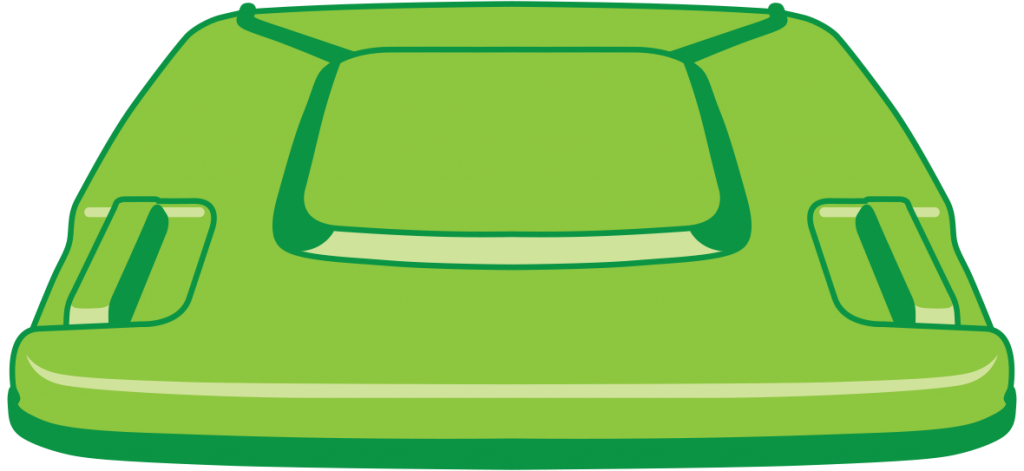
- Only 13% of all food waste was disposed of correctly in the green (food and garden organics) bin. This means that 87% was either wasted in landfill bins or found contaminating recycling materials in the yellow bin.
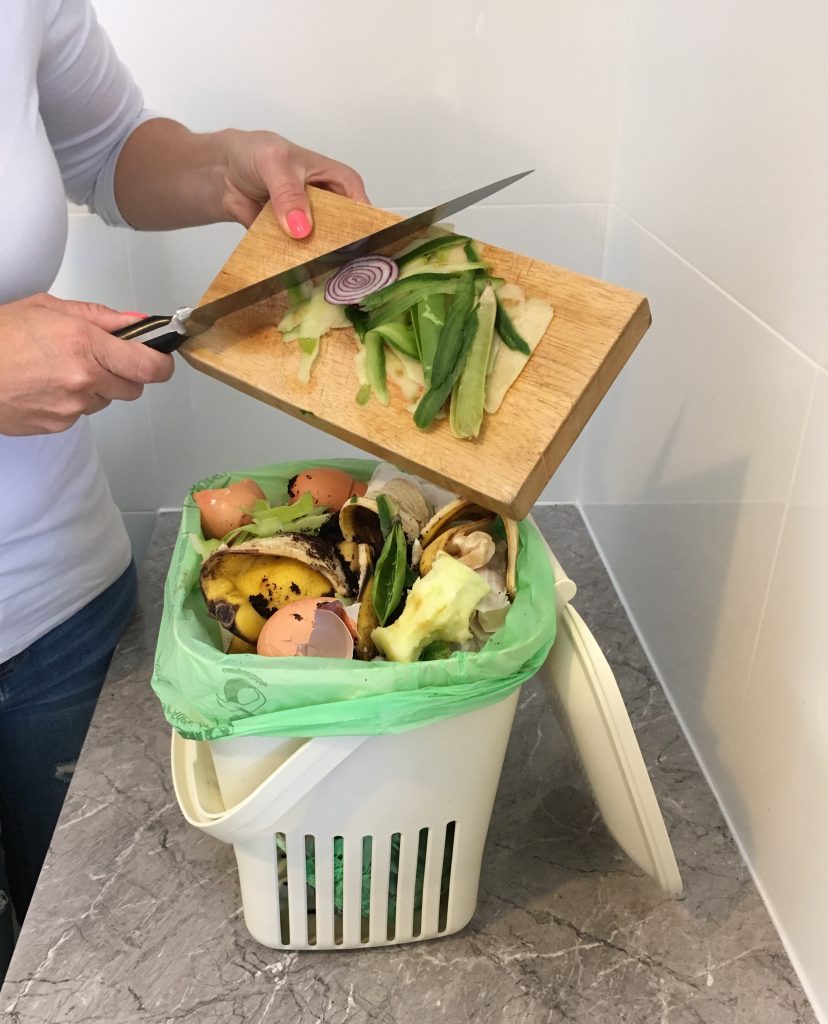
- Use a kitchen caddy system, available free from the all East Waste member councils, to make sure that ALL food scraps including cooked or raw meat, bones, dairy, seafood, oyster shells, tea bags and coffee grounds, as well as paper towels and tissues are placed in your green bin. Placing food in the green bin has significant economic and environmental benefits. It costs councils and rate payers 85% more to send food and garden organics to landfill versus placing materials in the green bin for composting. Environmental benefits include reducing landfill and methane gas produced by food rotting in landfill. Removing food from landfill is the third most effective way we can reduce our greenhouse gas emissions and address climate change.
- Empty food from containers. Food needs to be placed in loose or contained only in a compostable bag (as supplied by Council) or wrapped in newspaper.
- Don’t use plastic bags! Oxodegradable or biodegradable bags are still plastic and cannot be placed in the green bin. Only 100% compostable bags can be used. Plastic bags are one of the main contamination issues found in green bins. 0.5% of food was found packaged in plastic containers or bags.
- Keep textiles including clothing, footwear, leather and rubber out! These materials cannot be composted and therefore cause contamination issues. 0.3% of contaminants found were textiles.
Other interesting facts
75% of all food waste (found in either general waste or green organics bins) was identified as edible at time of disposal. 50% of this was fruit and vegetables. So please think before you throw it out. As Ronnie Kahn, founder of OzHarvest says “fill bellies not bins”
LOOK at what’s in your fridge and pantry before going shopping for more;
BUY only what you need. Make a shopping list;
STORE food properly, so it doesn’t go off too soon;
COOK it and eat the leftovers, and
BEST BEFORE vs USE-BY dates, know the difference between them.
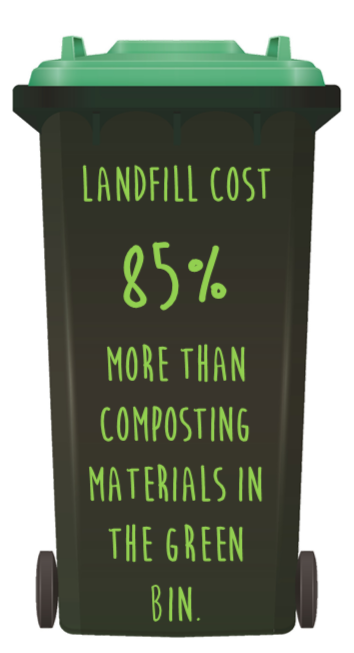
Why is it important to keep food and other organic material out of landfill?
When food waste is sent to landfill it rots and releases methane, a harmful greenhouse gas with 21 times the global warming potential of carbon dioxide. 10% of global greenhouse gas emissions are caused by organics in landfills.
Councils and rate payers can save 85% of the cost by composting food and other materials, rather than sending then to landfill.
A total of $2.7 million dollars could be saved each year if all food and compostable materials were placed in the green bin rather than the landfill bin.
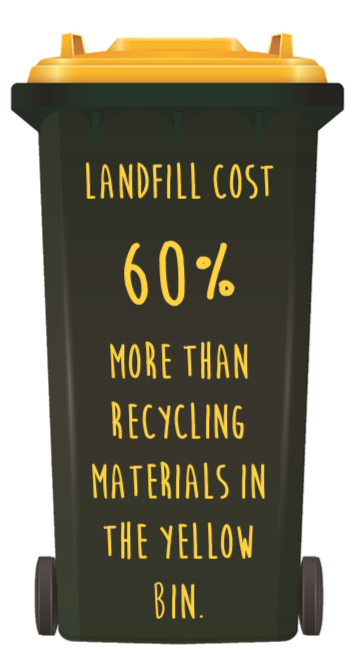
Why is it important to recycle paper, cardboard, rigid plastics, metals and glass?
Councils and rate payers can save 60% of the cost by recycling materials rather than sending then to landfill.
Fewer raw materials need to be mined, drilled and harvested. This also saves a large amount of energy required to mine, process, manufacture and transport new materials. Further to this, recycling creates 9.2 jobs per every 10,000 tonnes compared to 2.8 jobs per 10,000 tonnes of landfill
For a copy of the full report please contact Rob Gregory RobG@eastwaste.com
For more information on how you can avoid, reduce, reuse, recycle and compost items visit the East Waste website: eastwaste.com.au. Education flyers and kerbside bin stickers are available from East Waste and our Member Councils. If you’re not sure which bin to place something in, check out the Which Bin? website whichbin.sa.gov.au.
